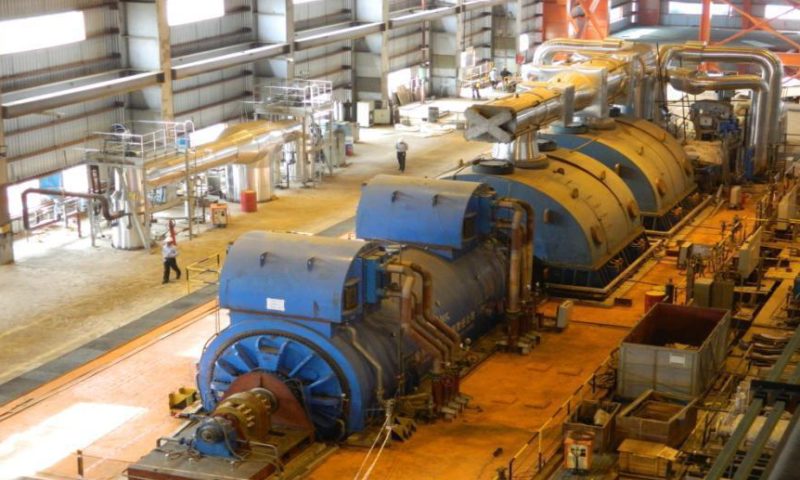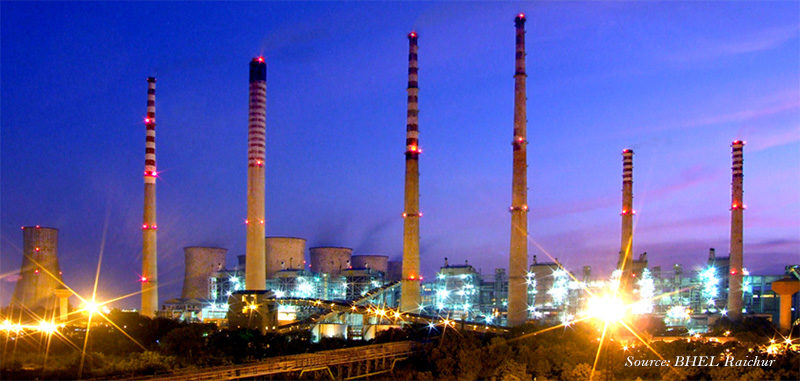Performing asset, non-performing loan
The financial results for FY18 of two leading lending institutions—Power Finance Corporation (REC) and Rural Electrification Corporation (REC)—were recently announced. As expected, concerns were expected on the loan asset portfolio with respect to non-performing assets (NPAs), especially in the wake of the February 12, 2018 guidelines of Reserve Bank of India. These guidelines aim at making NPA classification more stringent with a view to mitigating the overall incidence of bad loans.
Though PFC and REC are non-banking finance companies (NBFCs) and the guidelines do not strictly apply to them, both, as a matter of prudence, made provisions for NPAs, as per the new guidelines. As both the institutions have significant exposure in the power generation space—a sector of which analysts are not too optimistic—there would naturally be questions about the asset quality.
With the way India’s power demand is likely to rise in the coming years, a power plant can never be a non-performing asset.
While it is true that the power generation sector is going through a placid phase, it is important to realize that prospects are not too bleak. The government has tried to revive stranded private power generation assets, by a two-pronged approach. Under the scheme “Shakti,” an attempt was made to provide coal to power generation assets without a fuel supply agreement. Several IPPs have benefited from this scheme. Now, there is another scheme underway that seeks to procure buy power from private power projects that do not have firm power purchase agreements (PPAs). Called Medium Term PPA Scheme, this program, in its first round, hopes to sew up purchase agreements for 2,500 mw of capacity, for a three-year period. Going by reports, the response to the pre-bid meeting was impressive and there is a feeling that the scheme should be able to formalize the said PPAs, by mid-July 2018.
While power generation is not discussed with the same enthusiasm as it was a decade ago, power demand is poised to grow in the coming years. The Saubhagya scheme, launched in October 2017, has targeted complete national household electrification by April 2019. REC, which is the nodal agency for Saubhagya, has stated that currently as many as 1 lakh households are getting electrified today, on a daily basis. Saubhagya is expected to create an additional demand of 28,000 mw.
For a lending agency, a stressed power generation plant is a non-performing asset. However, with the way India’s power demand is likely to rise in the coming years, a power plant can never be a non-performing asset. A power generation plant will always be a “performer”; it is only the loan that could be “non-performing”!
This article’s author, Venugopal Pillai, is Editor, T&D India. Views expressed here are personal. The author may be contacted on venugopal.pillai@tndindia.com)









